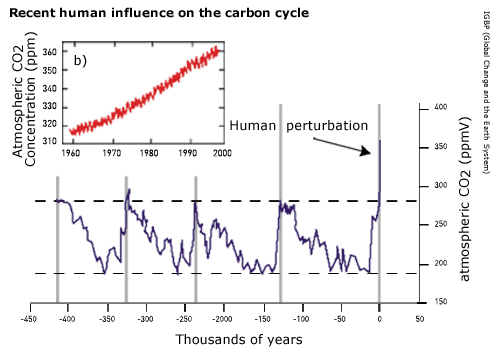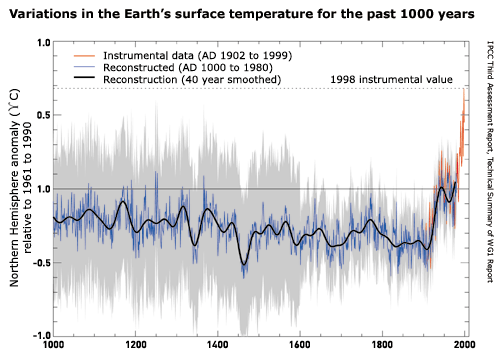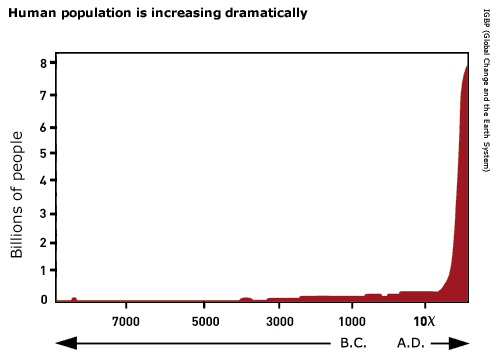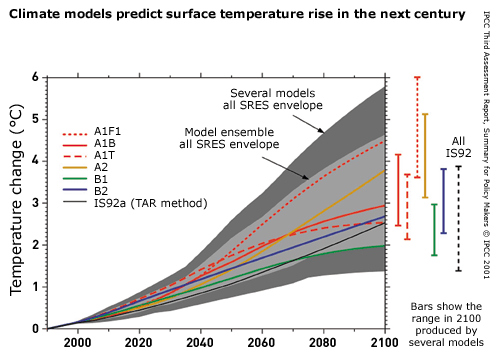 |
|||||
|
21st
Century Earth:
Part III of this document provides details of more than 150 satellites with an Earth observation mission planned by CEOS agencies over the next 15 years – the majority of which will be dedicated to different aspects of climate or environmental studies. CEOS does not have responsibility for defining the climate or environmental priorities to be addressed by these missions. Planning and funding of missions remains the responsibility of individual agencies, based on their own government policies, strategic assessments, and user community requirements. CEOS agencies recognise and respond to the necessity for international cooperation efforts to harmonise these various plans to be founded on a common understanding of the state of our environment and future information priorities – particularly given the lead times involved in planning and launching Earth observation missions, and the need to anticipate the most pressing environmental issues which will face future generations. This section presents a brief discussion of the context for these efforts, including:
Planet under pressure Throughout history, mankind has adapted to the natural variability of the Earth system and its climate. Until very recently in the history of the Earth, humans and their activities have not featured as a significant force in the dynamics of the Earth system; but today, mankind has begun to match and even surpass the forces of nature in changing key Earth system processes. Variability and change, both short and long term, are natural realities of the Earth system, from forces such as variation in the sun’s energy output, and volcanic eruptions which spew dust and gases into the atmosphere and scatter incoming sunlight. Over the past two centuries, both the human population and the economic wealth of the world have grown rapidly. These two factors have increased resource consumption significantly, evident in agriculture and food production, industrial development, energy production and urbanisation. Human activities are now so pervasive and profound in their consequences that they too affect the Earth on a global scale in complex, interactive and accelerating ways; humans now have the capacity to alter the Earth system in ways that threaten the very processes and components upon which humans depend. The speed of these changes is on the order of decades to centuries, not the centuries to millennia pace of comparable change in the natural dynamics of the Earth system:
Around 6 billion people inhabit the globe at present. All share basic human needs, such as the demand for water, food, shelter, community health and employment. The ways in which these needs are met are critical determinants of the environmental consequences at all scales. In the developed world, affluence, and more importantly the demand for consumer goods for entertainment, for mobility, for communication and a broad range of goods and services, is placing significant demands on global resources. Between 1970 and 1997, the global consumption of energy increased by 84%, and consumption of materials also increased dramatically.
Facing the consequences There
is now strong evidence that human activities are affecting Earth’s
environment at the global scale. Increasingly strong evidence suggests
that the functioning of the Earth system is changing in response.
While impacts of human activities have long been apparent at the
local level, we are now seeing global-scale impacts – with
the first ‘wake-up call’ being concern in the early 1970’s
that the Earth’s protective ozone layer in the atmosphere was
vulnerable to damage by the release of certain chemicals, such as
CFCs – and further warnings of changing climate due to changes
in the composition of the atmosphere. The IPCC summarises the main effects of human activity on our climate as follows:
greenhouse gases due primarily to fossil fuel burning and land-use change: since 1750, concentrations of carbon dioxide have increased by 31%, methane by 151%, and nitrous oxide by 17%; it is believed that present carbon dioxide concentrations are unprecedented in the past 420,000 years. The best scientific knowledge and evidence available suggests that the Earth system has moved well outside the range of natural variability exhibited over the last half million years at least. The nature of changes now occurring simultaneously in the global environment, their magnitudes and rates, are unprecedented in human history, and probably in the history of the planet.
The future The Third Assessment Report of the IPCC makes the following projections:
These
accelerating changes to the Earth’s environment are being dueled
by growth in the human population, by the increasing level of resource
consumption by human societies and by changes in technology and
sociopolitical organisations. To meet the associated food demand, crop yields will need to increase, consistently, by over 2% every year through this period. Despite advances in technology, increasing food production must lead to intensification of agriculture in areas which are already cropped, and conversion of forests and grasslands into cropping systems. Much of the latter will occur in semi-arid regions and on lands which are marginally suitable for cultivation, increasing the risk of soil erosion, accelerated water use, and further land degradation. Concurrent with the expanding population, technological and economic advances will lead to an increase in per capita consumption of resources, with the most likely scenario being the continued strong increase in global change drivers such as land-use change and changes in atmospheric composition.
International response Widespread public awareness of the ‘environment’ dates back to the 1960’s and 1970’s, born from concerns such as air and water pollution, use of pesticides, and disasters such as the first catastrophic oil spill from a supertanker. Many governments established environment ministries and environmental protection agencies in the 1970s, leading to new consideration of environmental issues and demands for environmental information. Industry too became more environmentally aware with the realisation of new trends in consumer behaviour, and with the introduction of new legislation and environmental regulations. Many of the relevant issues are global in nature and require global solutions beyond the mandate of individual governments. Over the last two decades, the prospect that the global climate could change as a result of human influence has generated widespread concern. An unprecedented cooperative global response has developed as a result, including:
This document discusses the need for observations of planet Earth and its environment and highlights the opportunities presented by Earth observation satellite systems to produce information for decision-making. If the best current scientific expertise is correct in predicting the future impacts of human-induced climate change and the likelihood that such changes are, if anything, likely to accelerate with an expanding human population in the coming century – then such information will become increasingly vital; providing an essential foundation for the development of ethics of global governance and strategies for sustainable Earth system management which will define how mankind adapts in future to the expected global change.
|
|
|
|
|
|



